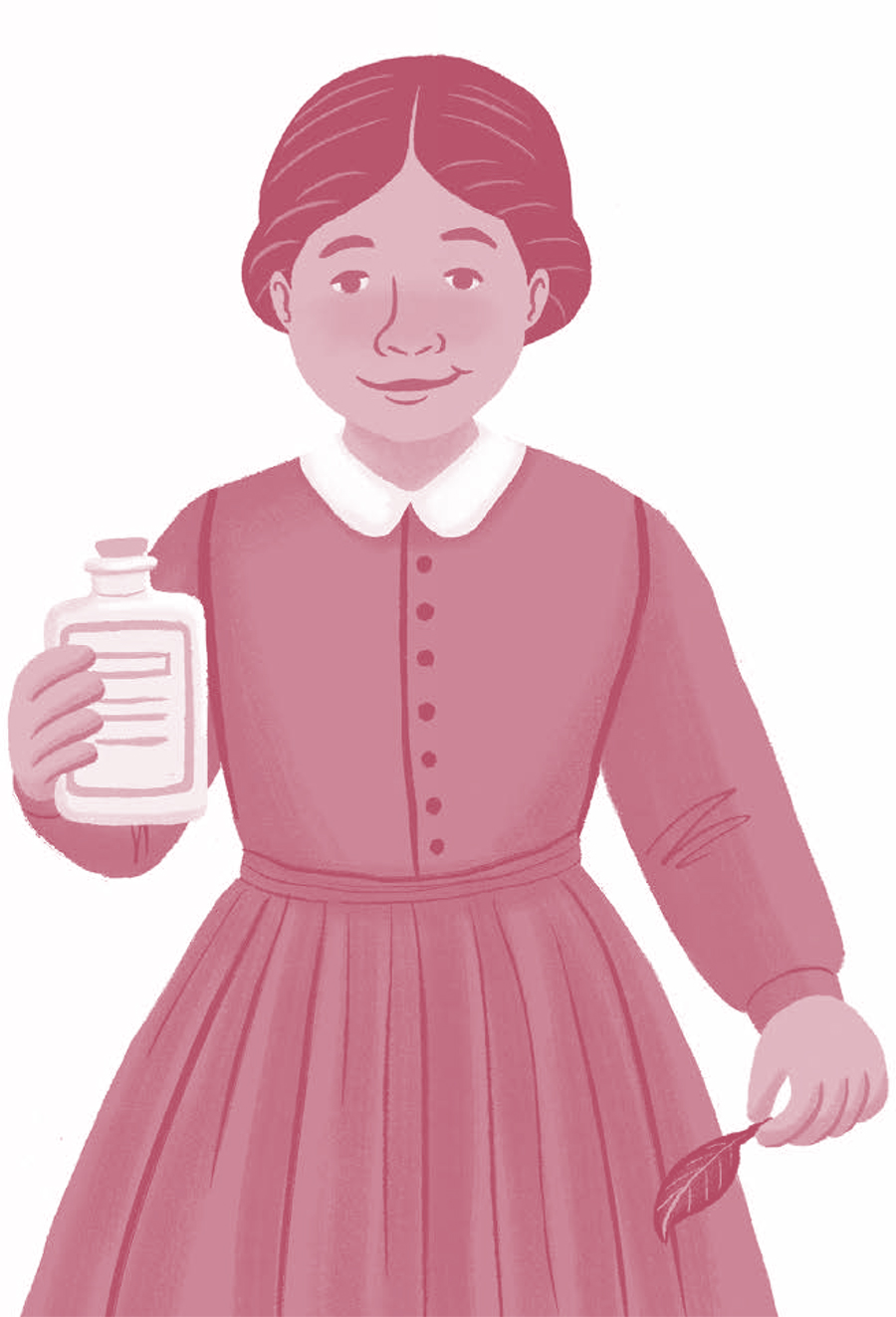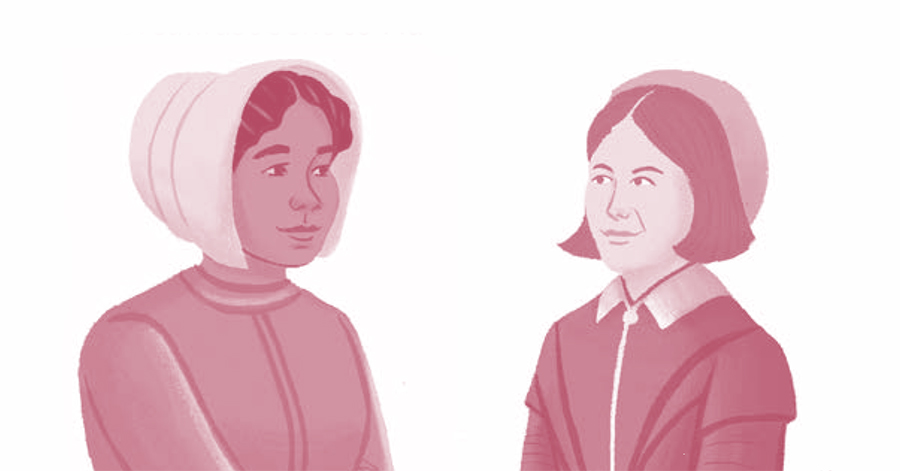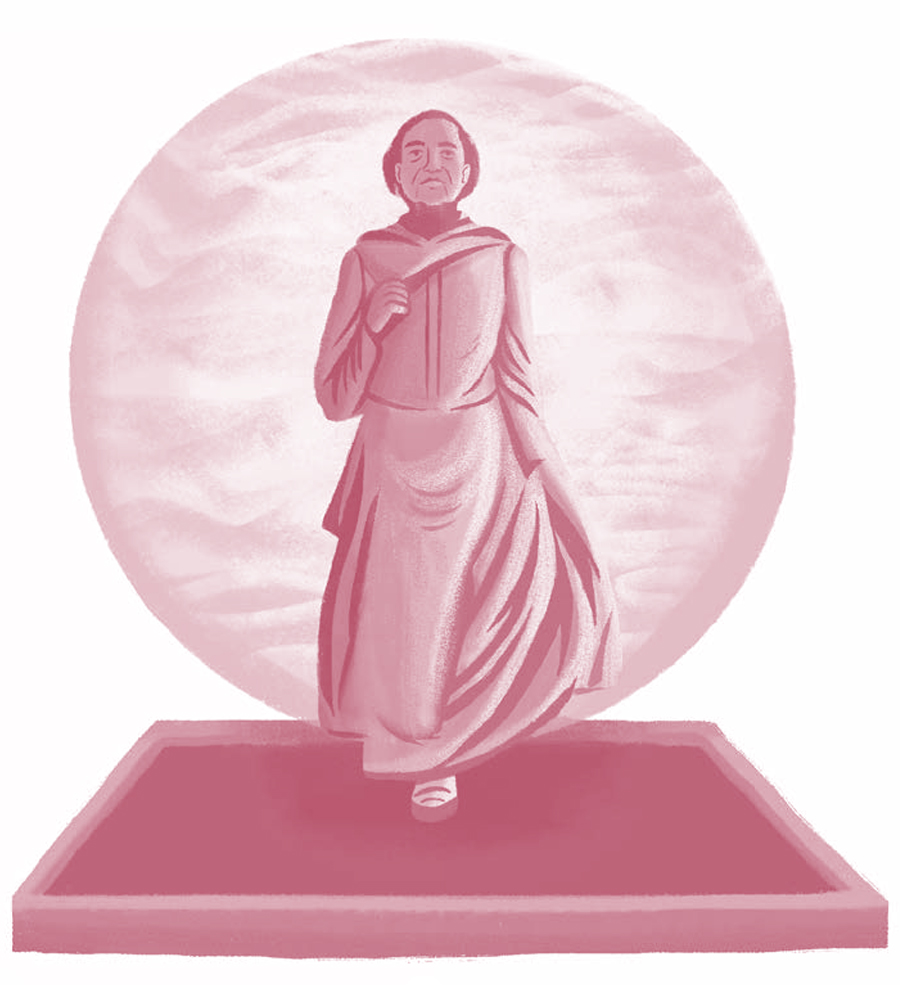- Home |
- Search Results |
- 14 extraordinary facts about Mary Seacole

1. Mary Seacole was born Mary Jane Grant on 23 November 1805 in Kingston, Jamaica. Her mother was Jamaican and a doctress, and her father was Scottish and an officer in the British Army.
2. Jamaica was seized by the British in 1655, so by the time Mary was born, most Jamaicans worked as slaves for their British masters. However, like her mother, Mary was born free.
3. As well as being a doctress – a female doctor who can cure illnesses with local herbs and medicines – Mary was also a businesswoman and set up hotels and shops throughout her life.
4. Mary first travelled to England in 1821 when she was just 16 years old! She returned briefly to Jamaica to gather large amounts of jams and pickles to sell in England so she could get by for a couple of years.
5. In the 1800s, it was considered unusual for a woman to travel alone. However, Mary was very independent and ended up writing a book about all her solo travels called Wonderful Adventures of Mrs Seacole in Many Lands. This became the first-ever autobiography published by a free black woman in the British empire.
6. In 1836, Mary married Edwin Horatio Hamilton Seacole, a white British merchant from Prittlewell, Essex. Edwin was the godson of Admiral Nelson! He sadly passed away in 1844 and despite proposals from other men, Mary never remarried.
'It was from my own powers, and not at all from necessity, that I remained an unprotected female.'
7. An outbreak of cholera – a contagious disease that causes vomiting, cramps and diarrhoea – hit Jamaica in 1850. Mary studied the disease, and with the help of a military doctor learned a lot about how to treat those infected. She later treated a terrible epidemic of cholera in Cruces on the Isthmus of Panama, and caught a mild case of it herself!
8. Although Mary was a very popular doctress she sadly still experienced racism. At one of her goodbye parties (she left Cruces to travel to Gorgona Island in 1852) a man made a speech to thank Mary for helping treat those who had been sick but exclaimed that it was a shame her skin wasn’t white as it would make her more acceptable. Mary could not allow this kind of prejudice to be ignored – so she responded that her skin colour made no difference to all the work she had done and that even if her skin had been darker, ‘I should have been just as happy and just as useful, and as much respected by those whose respect I value.’
9. The Crimean War broke out in October 1853 and by the following year, Mary had arrived in London to offer her skills as a nurse. Despite all her glowing references from senior officials, Mary was told that all the nursing positions had been filled and that she would not be chosen even if a vacancy came up. But Mary was determined to help the soldiers, so she paid her own way to the Crimea with her friend Thomas Day. They opened the British Hotel – a hotel and store – two miles from where the soldiers were stationed in Balaklava, Crimea.

10. During her journey to Crimea, Mary was put up for the night in Florence Nightingale’s hospital in Scutari, Turkey. Florence even had breakfast sent to Mary’s room the following morning!
11. As well as treating soldiers at her hotel in Crimea, Mary would also visit the battlefront on her horse; taking sandwiches, drinks, bandages and medicines with her. But it was a dangerous thing to do. Mary once suffered a dislocated thumb after she threw herself on the ground to avoid gunfire!
12. Mary treated British, French and Sardinian soldiers – who were all allies – but she also tended to Russian soldiers, even though they were technically the enemy.
13. Despite being so well-loved, Mary was forgotten about in history after her death in 1881. It was only in 1980 that her story was rediscovered by historians.
14. A statue of Mary Seacole sits outside St Thomas’ Hospital in London and is believed to be the first in the UK to honour a black woman.
